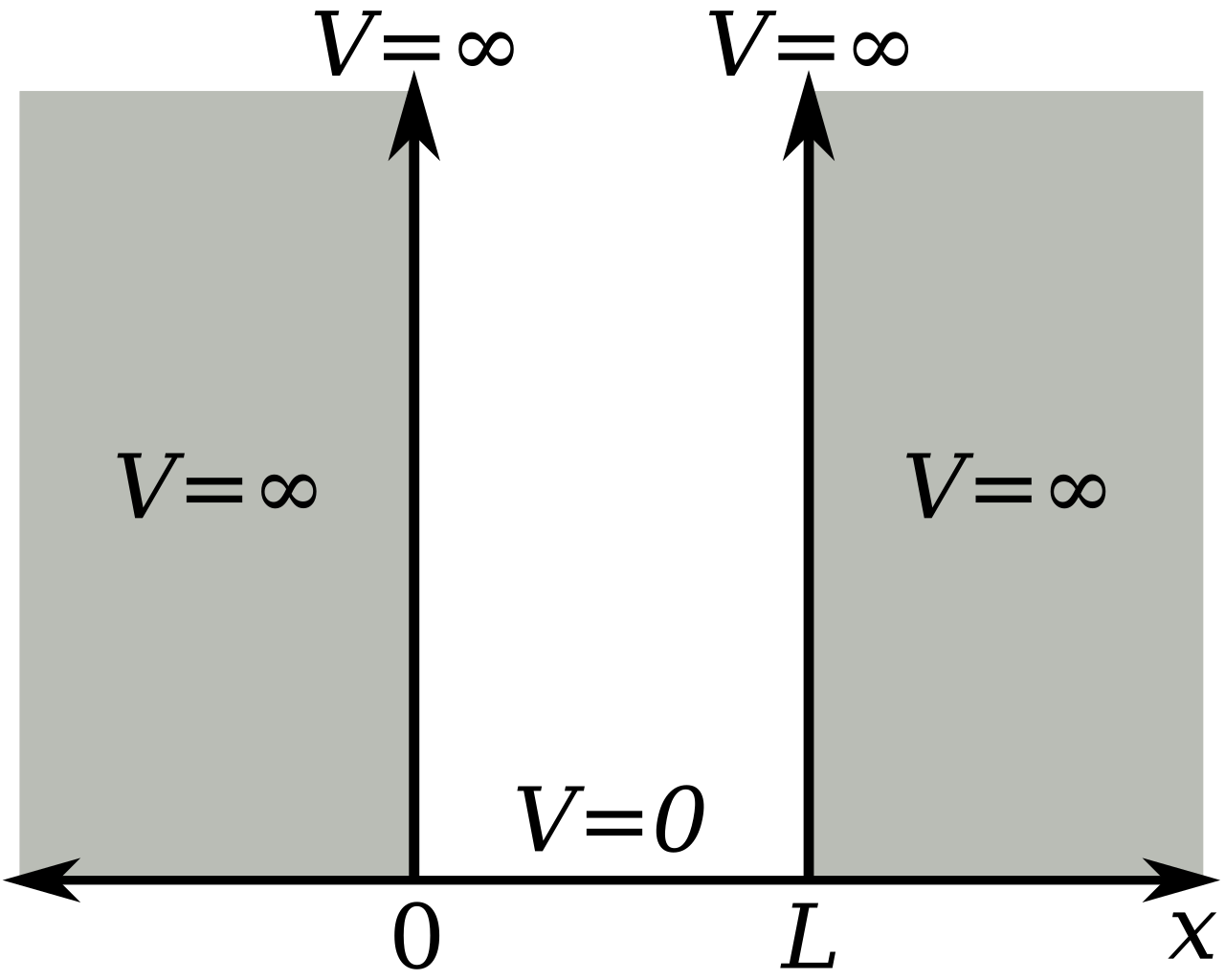I am relatively new to quantum mechanics and I've stumbled upon an issue. Assume that we have an infinite square well that follows this figure:
Now I am trying to solve for the wave function, using the time independent Schrodinger's Equation.
$$\frac{-h^2}{2m} \frac{d^2}{dx^2} \Psi(x) = E \Psi(x)$$
The solution to the ODE is:
$$\Psi(x) = Ae^{ikt} + Be^{-ikt} $$ where $k = \frac{\sqrt{2mE}}{\hbar}$
Next, I solve for the boundary conditions, first by solving $\Psi(0)=0$ and I arrive at $A+B=0$, which implies that $B = -A$ and that the wave function is $$\Psi(x) = Ae^{ikx} - Ae^{-ikx}$$
Now my attempt to simplify the new wave function led me to $$\Psi(x) = A2i\sin(kx)$$ However, when I view the infinite square well problem from other sources, I always see that the simplification leads to: $$\Psi(x) = A\sin(kx)$$
I am wondering what properties are there that enables us to neglect the imaginary constant $2i$. As I am very new to the subject I might be missing some seemingly trivial concepts.
